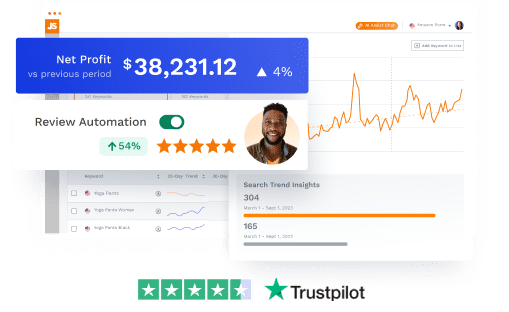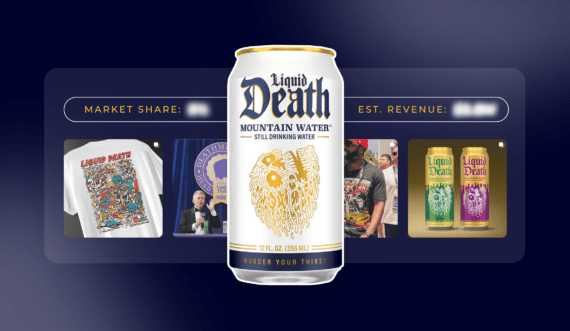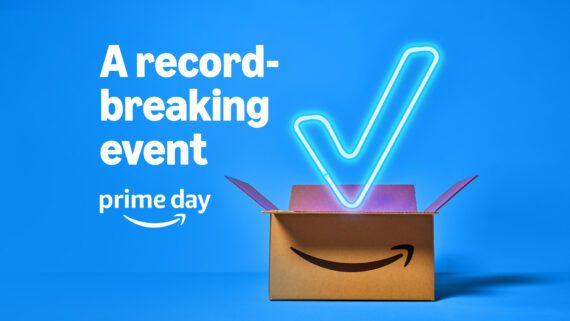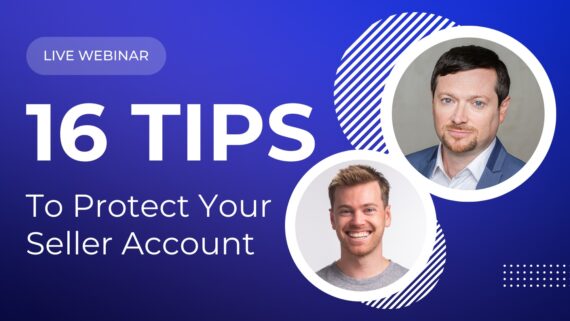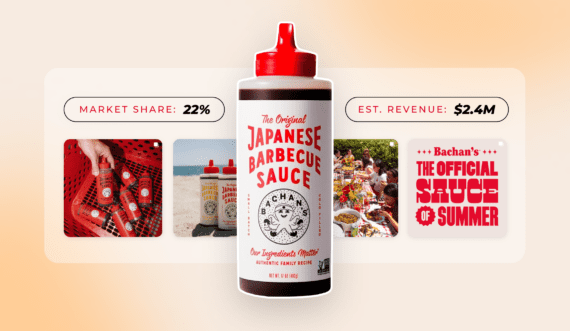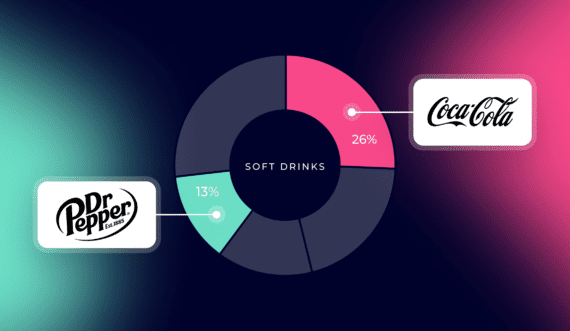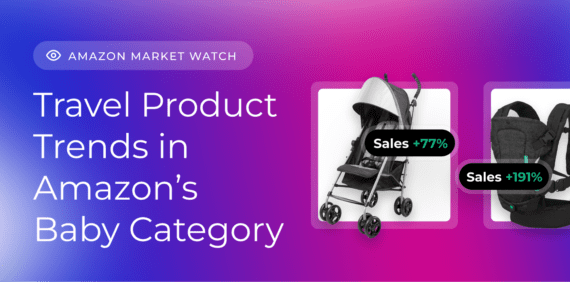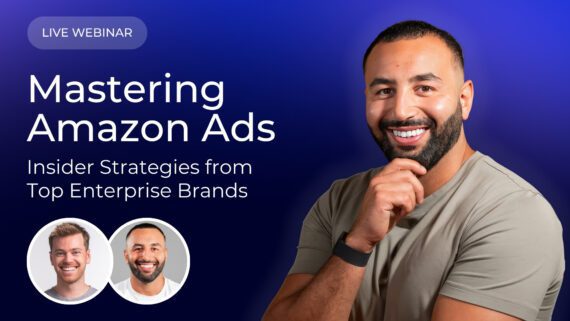Content
expand_moreDid you know that you can get started selling on Amazon practically for free? This article will teach you everything you need to know in order to get started selling on Amazon without having to open your wallet.
Then, once you’ve gotten a feel for how Amazon works, you can start investing a little more into your business.
Let’s take a look at how to start an Amazon store without money.
How to sell on Amazon for free (in four easy steps)
To get started selling on Amazon, all it takes is four simple steps:
- Find a free product to sell. If you’re like me, chances are you have a bunch of stuff lying around your house collecting dust. Why not sell it on Amazon?
- Create a free Amazon account. Creating an individual seller account on Amazon costs you absolutely nothing. All you need is to give Amazon a little information and you’re good to go.
- List your product on Amazon for free. Amazon.com’s product database has more than 300 million products; chances are good that whatever you hope to sell is already listed. If it is, all you’ll have to do is add your name to the list of sellers already offering the product.
- Ship the product when it sells. Once you make the sale on Amazon, all you have to do is ship the product to the end user.
Does it cost money to sell on Amazon?
While selling on Amazon can cost money, it is possible to do it without spending a dime (or, fewer dimes than you might expect).
In fact, in a survey of over 4,000 Amazon sellers, Jungle Scout discovered that sellers who started with less cash found success in the long run.
- 11% of sellers started selling on Amazon with $500 or less
- 25% of sellers started selling on Amazon with $1000 or less
Sellers who started small have a lot to say about what they’ve accomplished thanks to their success on Amazon. So far, they’ve achieved:
- “Huge retirement savings, paid off house, buy cars with cash, travel first class.”
- “I was able to stay home with my kids until my youngest started kindergarten.”
So, when starting out there are two main costs you need to consider: fees and the cost of your products.
READ MORE | Jungle Scout State of the Amazon Seller Report
What are Amazon’s fees?
The two main fees you will need to concern yourself with are:
- Referral fees are Amazon’s commission (usually around 15% of the sales price).
- Individual per-item fees are flat fees you pay if you aren’t a professional seller; you will have to pay $0.99 per item you sell.
Both of these fees are taken out after you make the sale. Therefore, you won’t have to pay them up front.
Note: There are some other fees, but as long as you start off as an individual seller — a seller who sells fewer than 40 products per month — you won’t have to worry about those just yet.
How to find a free product to sell on Amazon
If you’re just starting out and are concerned about keeping costs low, we recommend finding used items around your home to sell for free on Amazon.
Used books, kitchen items, toys, and sometimes even electronics are all great items that you can find around your home. You can quickly list these items on Amazon and if they are popular enough, might sell almost immediately after you list them.
Alternatively, you could make your own products. If you have a knack for crafting and design, consider Amazon Handmade and Amazon Merch on Demand.
With Handmade, your product costs are the materials you use to create your goods. With Merch, aside from your time, there are no upfront costs.
How do you know if your product will sell on Amazon?
Before you list your product on Amazon, you want to make sure that it will actually sell. Fortunately, Amazon offers a way for you to “tell the future,” so to speak. Here’s how:
1. Check the product’s Best Sellers Rank (BSR)
Amazon awards almost every single product in its product database a special score called the Best Sellers Rank (BSR). Products have a BSR for each category they are listed in. The lower a product’s BSR, the better it sells.
So, a product with a BSR of #1 will sell thousands of units per month versus a product with a BSR of #300,000, which might only sell 20 units in the same time period.
When you are sourcing and listing your products, be sure to check the product’s BSR. You can find it on the product listing page in the Description section.
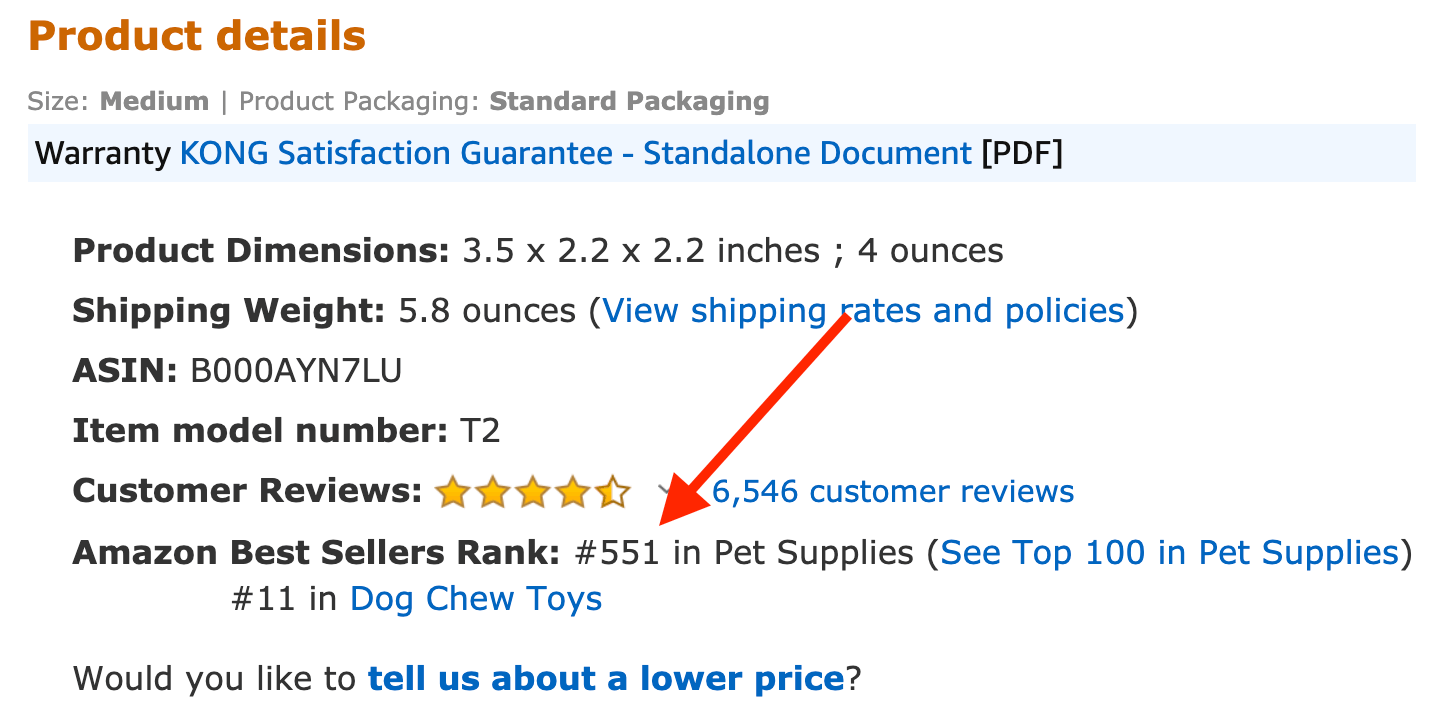
READ MORE | Amazon Best Sellers Rank: Everything You Need to Know in 2023
2. Estimate your sales
Put the item’s BSR into Jungle Scout’s free Amazon Sales Estimator, which calculates the average number of sales the product should have each month.
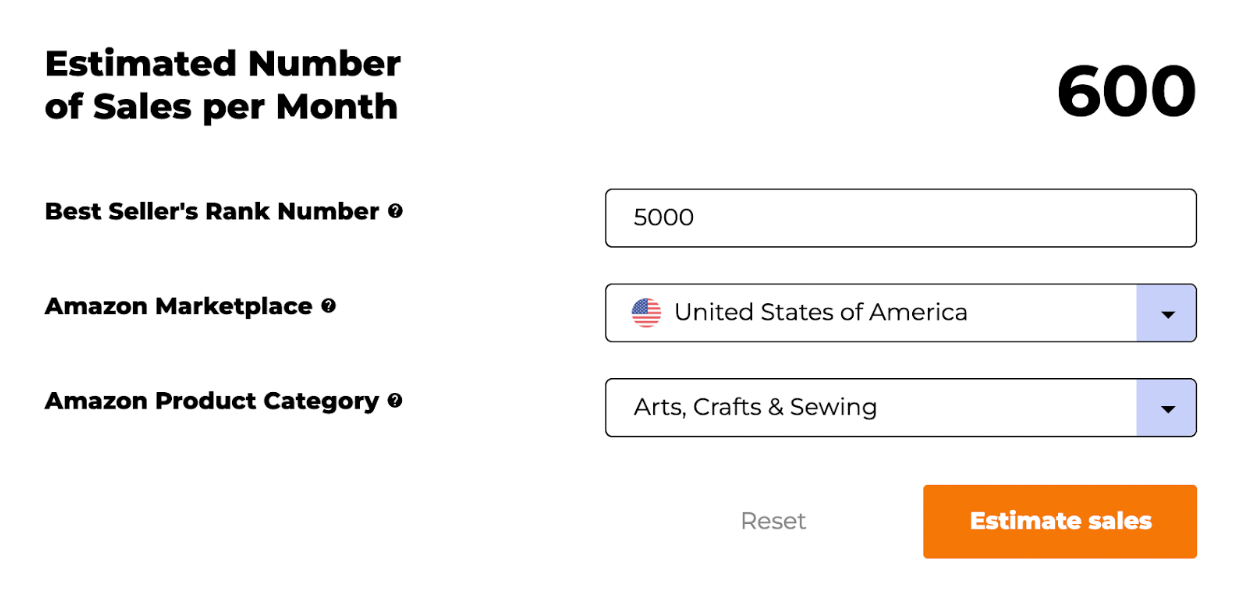
If you want access to more advanced Amazon seller tools for product research, keyword research, and more, check out Jungle Scout’s full suite of tools.
Jungle Scout includes the following tools which can help you build your Amazon business:
- Product Database and Opportunity Finder to help you quickly conduct product research and find profitable products to sell on Amazon.
- Keyword Scout which helps you find high-performing keywords.
- Supplier Database which can help you find manufacturers to create goods for you to sell on Amazon.
- Alerts that let you know when other sellers price their products lower than your own.
- Review Automation to help maximize your product review potential with automated review requests.
- Inventory Manager to automate your Amazon inventory planning.
- AI Assist to write product listings, analyze reviews, and automate certain tasks.
Sell free products with Jungle Scout.
Leverage Jungle Scout’s intelligence tools to sell on Amazon for free.
3. Estimate how fast your product will sell
Once you know your product’s BSR and the average number of monthly sales that product makes, simply divide the average number of monthly sales by 30.
The result is the number of times per day that product sells on Amazon.
So if you sell a product that sells 10 units per day (300 per month), chances are your product will sell the first day you list it.
How do I create a free Amazon account?
Follow the steps in our “How to Create an Amazon Seller Account in 2023” blog post to create an account. When given the choice between the professional seller account and individual seller account, choose the individual seller account.
If you choose the professional seller account, there will be a $39.99 subscription fee. However, as an individual seller, there is no subscription.
READ MORE | Amazon Individual vs. Professional Seller Plans
How to list a product on Amazon
As mentioned above, almost every product you could possibly think of can be found on Amazon.
So, unless you are selling a brand new product that has never been seen before, such as a handmade product or a product you manufactured via Private Label, all you need to do to list a product on Amazon is find the existing product’s listing.
And the fastest way to do this is to simply go to Amazon just like you would if you were shopping.
1. Find the product’s page on Amazon
In the search bar, type in the product that you wish to sell. You can give a description of the product or you can type in the product’s UPC (or ISBN if it is a book). You may have to scroll through the search options to find the exact product that you hope to list.
2. Click the ‘Sell on Amazon’ button or add a product in Seller Central
Once you find your product, on the right side of the screen just below the product’s Buy Box, you will see a button that reads ‘Sell on Amazon.’
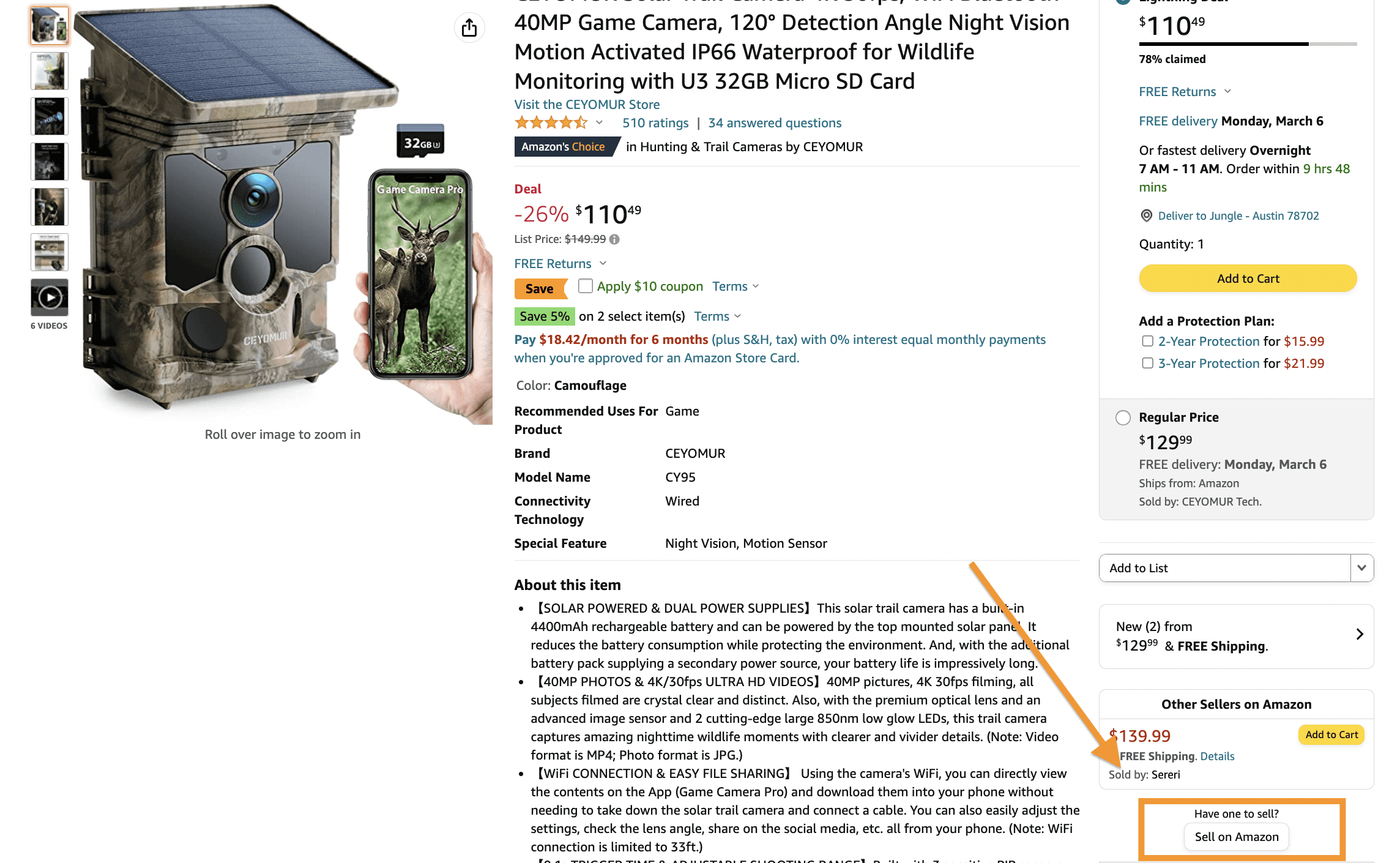
You can also copy the product’s ASIN and paste it in Seller Central under “Add Products.”
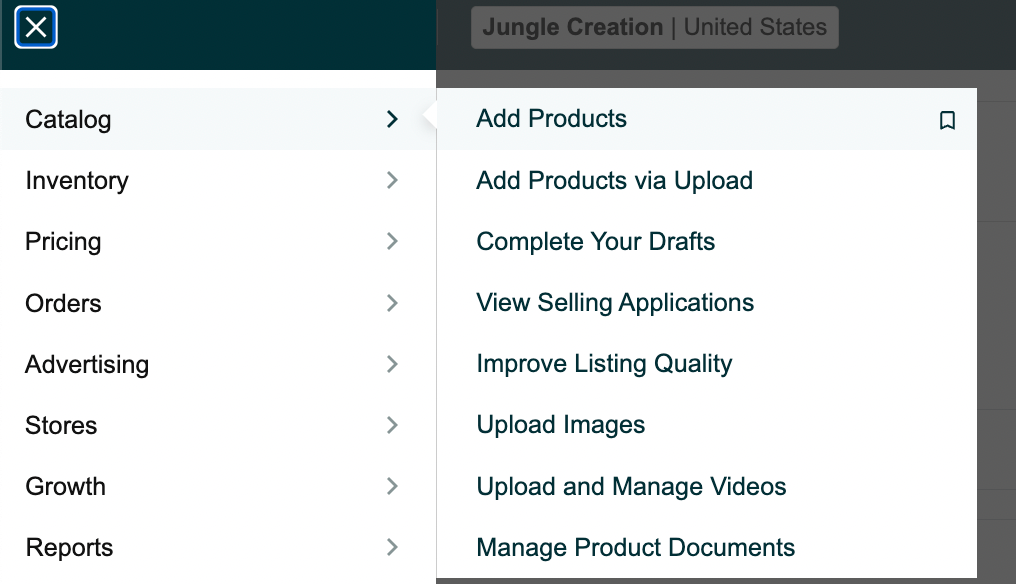
You can find a product’s ASIN within the URL or under “Product Information” in the listing.
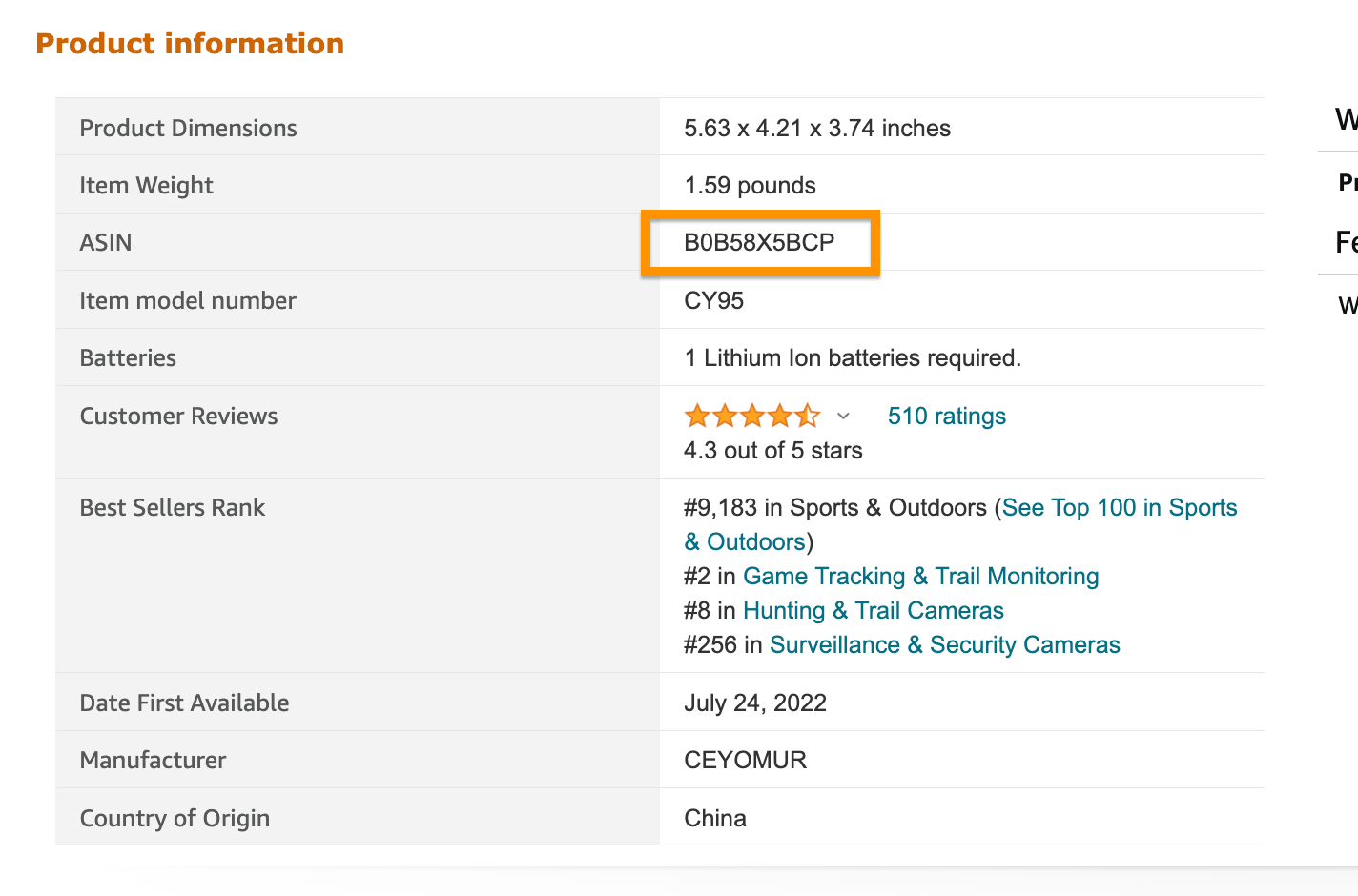
READ MORE | How to List Products on Amazon Seller Central
3. Enter in your product’s information
After you click the button, Amazon requests the following information about your product:
- Condition: If you are selling a new item, the condition is New. Otherwise, use Amazon’s condition guidelines to determine the quality of the used product you are selling.
- Price: Unless your product is in better condition than the others listed, likely, you want to offer the lowest price available. Usually, Amazon gives you a price suggestion that would make your price the lowest.
- Quantity: How many units of the product do you have for sale?
- Fulfillment method: How will you send the product to the customer once it sells? There are two ways to do this which we describe below.
After that, click ‘Save and Finish.’ Usually, your product appears on the product’s listing page within two hours.
How to fulfill your orders on Amazon
Okay, you’ve made a sale! Now what? Time to ship.
And although you can’t really “ship for free” with Amazon, there are a number of things you can do to keep costs down.
Here are a few tips:
1. Use packing materials you already have
If you’re like me, you probably have tons of boxes lying around — probably even Amazon boxes! Reuse those boxes, plus any packing contents that came with them, such as air pillows, packing peanuts, or shredded paper. Just make sure you don’t have old labels on the boxes and that they are in good condition.
2. Sell lightweight and small products
The smaller the product you sell, the lower your shipping costs will be. This is especially true with products like books and media products. Thanks to USPS Media Mail, you can ship a book that weighs less than 1 pound for a little over $3.00.
3. Use Amazon’s Fulfillment by Amazon (FBA) program
After you’ve found a product to sell and listed it within Seller Central, you need to choose your fulfillment method.
When selling on Amazon, you have two options for order fulfillment:
- Fulfilled by Merchant (FBM). With FBM, you as the seller will be responsible for shipping the order. That includes packaging, printing labels, and getting the box to the respective shipping carrier.
- Fulfillment by Amazon (FBA). With FBA, you first send your products to Amazon’s fulfillment centers, and Amazon will handle all of the order fulfillment (and customer service) for you. Once a customer purchases your product, Amazon will pick, pack, and ship the order out.
When first starting out, it’ll likely be less upfront investment to fulfill orders via FBM. Because with FBA, you need to pay to ship your products to a fulfillment center first.
READ MORE | Amazon FBA vs FBM Comparison Guide
Sell for free on Amazon!
We hope this article helped give you a better understanding of how you can get started selling products on Amazon for free!
Have more questions? Let us know in the comments.
Grow your Amazon business with Jungle Scout.
Whether you’re selling products for free or building an e-commerce empire, Jungle Scout has the tools to help you scale.
Brian Connolly is an Amazon seller, ecommerce expert, and writer for Jungle Scout. He lives in the New Jersey Shore area with his wife and cat. When he isn’t writing advice online for aspiring and experienced Amazon sellers for Jungle Scout, he spends his free time boating, fishing, and selling boating-themed items on his Amazon business.


